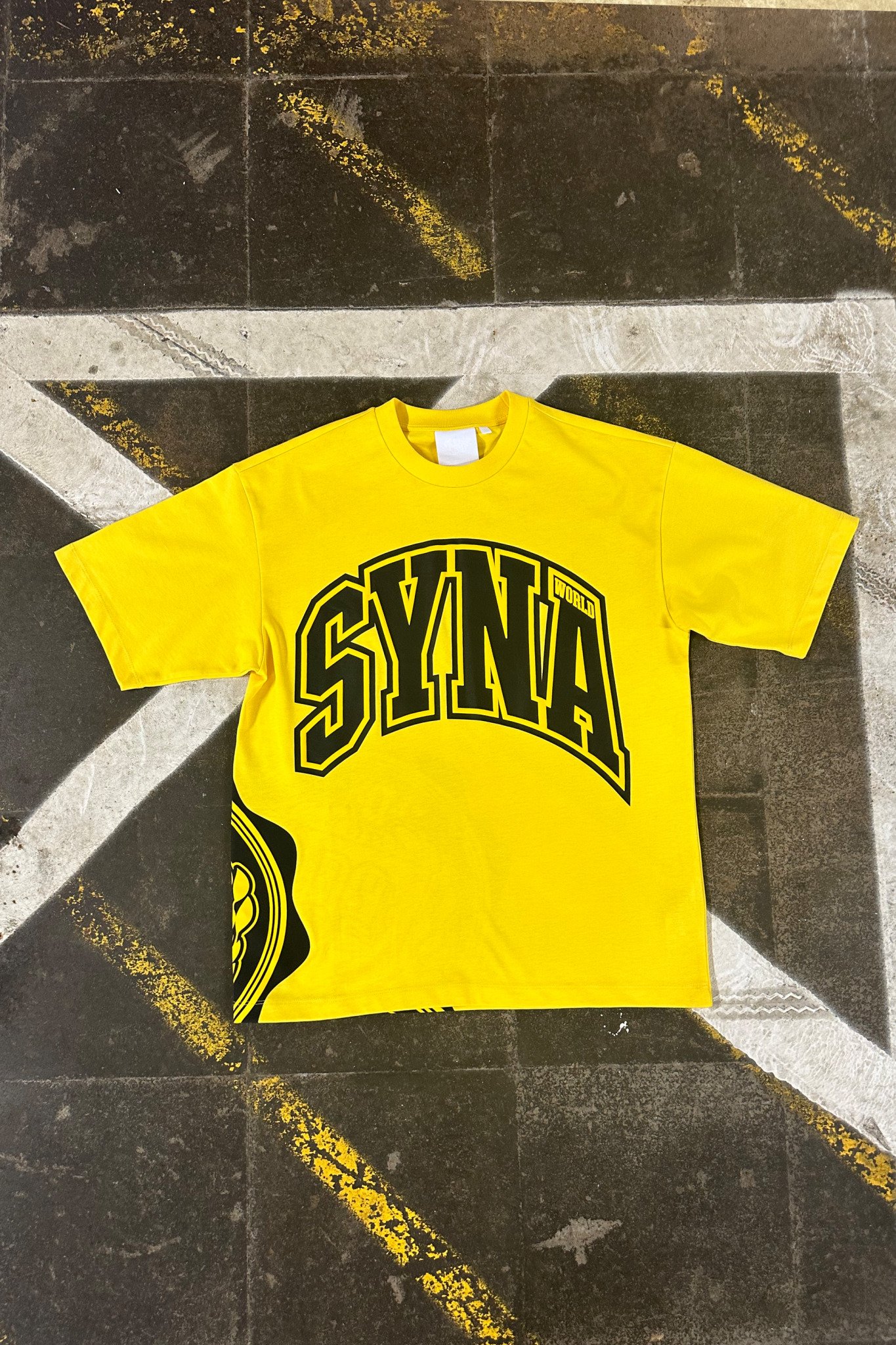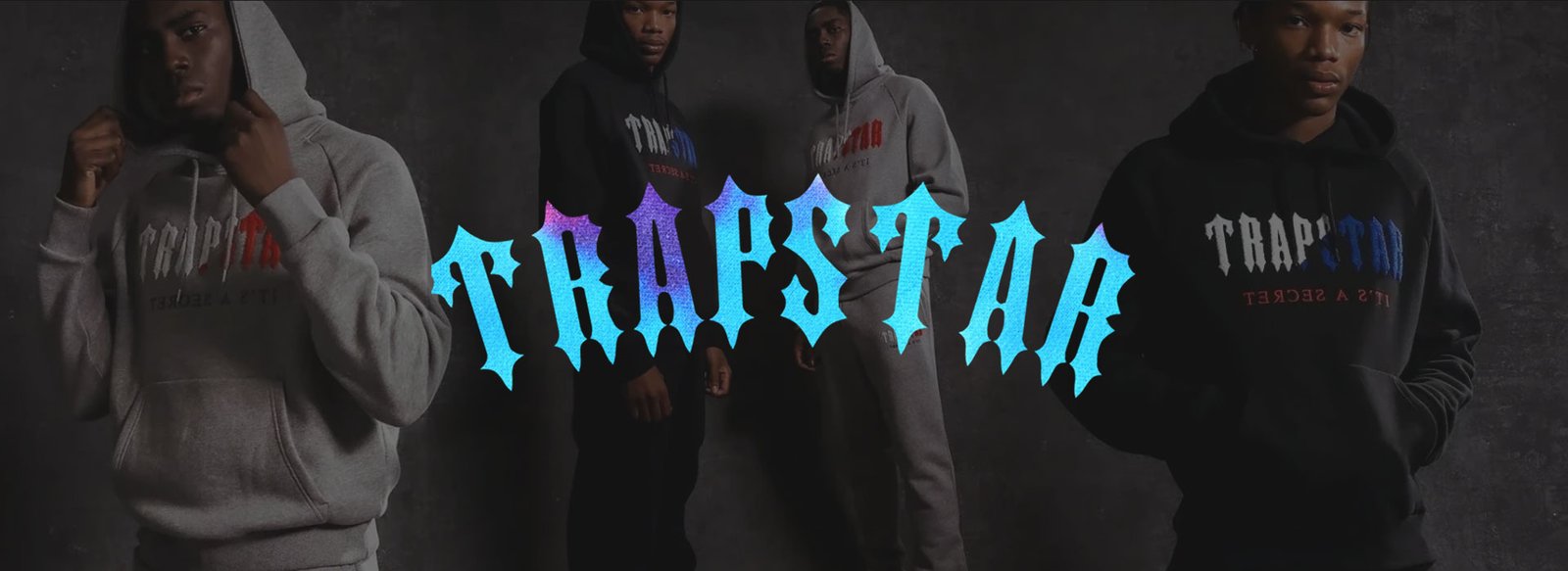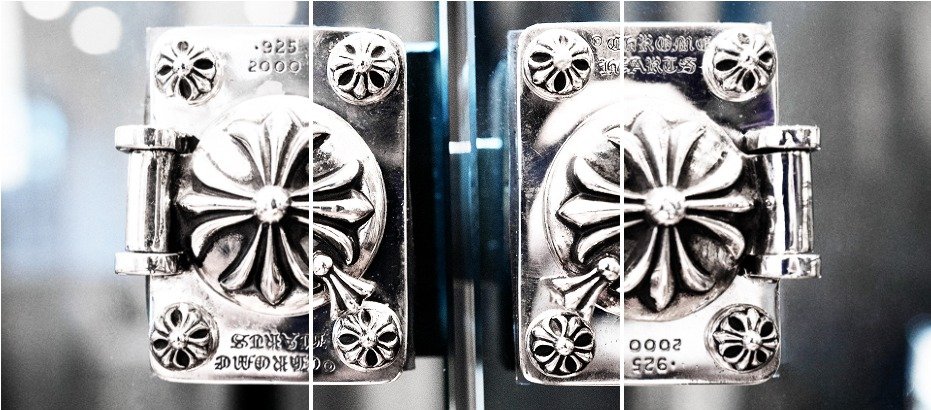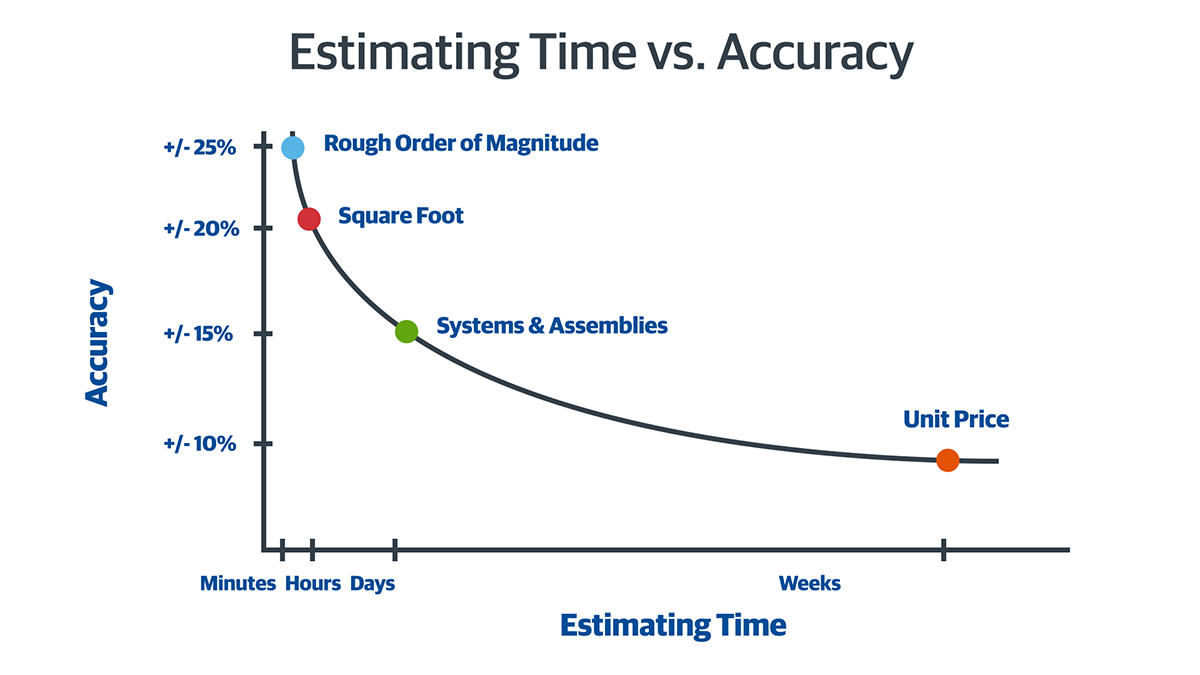The Word that Breathes Connection
In a world that feels increasingly fragmented by screens, borders, and divisions both ideological and technological, the word Syna emerges like a soft chant carried by a wind that knows no walls. On the surface, it is just a word—simple, melodic, almost sacred in its cadence. But beneath its syllables lies a potent vision of connectedness, a mythic reminder that the world is not made up of isolated parts but of interwoven patterns—threads in a living tapestry that is constantly being reimagined by those brave enough to believe in unity.
Some say Syna is an invented term, a new coinage born from an age starved for spiritual connection. Others trace its echoes to ancient languages—Greek “syn,” meaning “together,” or Sanskrit “samyukta,” meaning “united.” But the truth is that Syna cannot be pinned down to one etymology. Its power lies in its ambiguity, its openness to interpretation. It is a word you do not merely speak; you breathe it, you live it, you see its ripples in the way people gather, create, and heal each other in small, uncelebrated acts of solidarity.
This is the myth of Syna: not a story fixed in stone but a living narrative, one that invites us to remember who we are when we stand together.
The Ancient Seed of Syna: Echoes Through Time
Long before the digital age tangled us in the double helix of constant connectivity and constant loneliness, humanity was bound by invisible threads of kinship and ritual. The idea behind Syna—that everything is interlinked, that every action resonates through the web of life—was never new. Indigenous cultures across continents have always recognized this truth.
The Lakota speak of Mitákuye Oyás’iŋ—“all my relations”—a greeting that acknowledges the interconnectedness of all beings. In African Ubuntu philosophy, the saying “I am because we are” reminds us that personhood is a communal experience. The Buddhist concept of Indra’s Net imagines the universe as a cosmic web, each jewel reflecting every other, a metaphor that could easily stand in as an early blueprint for Syna.
Yet for centuries, modernity has tried to uproot these ancient seeds. The Enlightenment divided us into self-contained units: the individual over the collective, reason over intuition, competition over collaboration. Industrial revolutions turned our labor into commodities, our communities into markets. And yet, beneath the asphalt and the algorithms, the seed of Syna lay dormant, waiting for a new generation to water it again.
The Birth of Syna in the Digital Age
In the 21st century, Syna re-emerges, ironically, through the very technologies that threaten to isolate us. Think of social movements that go viral overnight—hashtags that topple tyrants, crowdfunded revolutions, and artists collaborating across continents without ever meeting face-to-face. The same web that bombards us with curated images of individual success also holds the potential for collective awakening.
Young people today feel this tension intimately. They know the hunger for authenticity, the craving for real connection in a pixelated world. They turn to Syna—sometimes without even knowing its name—as an antidote to alienation. They form online communities that function like modern tribes. They create spaces, both virtual and physical, where voices are amplified, stories are shared, and solidarity is forged.
In this way, Syna is both an ancient memory and a digital experiment. It is a myth reborn in hashtags and message boards, in mutual aid funds and community gardens sprouting in the ruins of abandoned urban lots.
Syna as Cultural Movement: More Than a Trend
It would be tempting to dismiss Syna World as just another buzzword—a branding gimmick for influencers who preach about “vibes” and “tribes” while selling you overpriced lifestyle products. But the true spirit of Syna is not found in merchandise or social media mantras; it is found in the actions that bind us together when the lights go out.
During times of crisis, Syna reveals itself in the hands that reach out to deliver food to a neighbor in lockdown, the volunteer who translates crucial information for immigrants, the anonymous donor who pays off a stranger’s hospital bills. These gestures are rarely viral; they do not always trend. But they are the lifeblood of Syna—quiet acts of interdependence that keep society from collapsing into chaos.
Artists and storytellers also play a crucial role in sustaining this cultural movement. Through films, music, spoken word, and murals, they become modern-day mythkeepers, reminding us of the ties that bind us. They retell the story of Syna in ways that resonate across generations and cultures, planting seeds in the minds of those who will carry it forward.
The Spiritual Dimension: A New Sacredness
At its deepest level, Syna is more than a cultural phenomenon; it is a spiritual awakening. In a world that worships individual achievement, Syna invites us to see the sacred in the collective. It teaches us that we are not islands but tributaries feeding into the same ocean.
Many people today are turning away from organized religion but still crave a sense of belonging, of something greater than themselves. Syna fills this void not with dogma but with practice—radical empathy, shared rituals, and mutual care. It does not ask you to believe in a deity but to believe in each other. It is an invitation to see divinity in the everyday exchanges that keep us human.
Picture a circle of friends gathered under the stars, sharing stories by firelight. Or a crowd in a city square, each person holding a candle, their individual flames joining into a single glow that pushes back the darkness. These are moments when Syna feels tangible—when we remember, however fleetingly, that we are one organism, one breath.
Syna and the Re-enchantment of the World
One of the great tragedies of modernity is the disenchantment of the world—the idea that everything can be measured, quantified, and explained. Syna whispers that wonder still exists, not in what sets us apart but in what binds us together.
In this re-enchanted worldview, a forest is not merely timber but a network of roots and fungi that communicate and share nutrients—a literal embodiment of Syna. A neighborhood is not just a collection of buildings but an ecosystem of relationships, a living organism that thrives when its parts care for one another.
This perspective has profound implications for how we approach our environmental crises. Climate change is not just a technical problem; it is a spiritual rupture, a forgetting of Syna. To heal the planet, we must heal our relationship with it—and with each other. Regenerative agriculture, rewilding projects, and community-led conservation efforts are modern expressions of Syna in action. They remind us that sustainability is not about sacrifice alone but about rediscovering our place in the web of life.
The Challenge: Living Syna in a Fractured World
To speak of Syna is easy; to live it is the true challenge. We are conditioned by systems that pit us against one another—capitalism, nationalism, social hierarchies that reward division over unity. In this landscape, Syna is an act of resistance.
It means choosing collaboration over competition, care over convenience, and community over consumption. It means recognizing that our liberation is bound together: that the suffering of one is the suffering of all. It means building bridges when the world insists on walls.
This is not to romanticize unity. True Syna is not about erasing difference but about honoring it. It requires deep listening, accountability, and the courage to hold contradictions. It calls us to find common ground without flattening the rich complexity of who we are.
Syna as a Personal Practice
How, then, can we weave Syna World Tracksuit into the fabric of our everyday lives? It starts with the smallest gestures. Checking in on a friend who has gone quiet. Supporting local businesses instead of faceless corporations. Sharing skills and resources. Making art that connects rather than divides.
On a personal level, Syna is also about inner connection—aligning our thoughts, words, and actions so that we do not live fractured within ourselves. It means tending to our own wounds so we do not pass them on to others. It means remembering that the way we treat ourselves ripples outward, shaping how we treat the world.
The Future of Syna: An Unwritten Story
No single manifesto can claim ownership of Syna. It is not a brand, a cult, or a rigid doctrine. It is a living story that each of us contributes to with our choices, our relationships, and our willingness to imagine a world less divided.
As we stand on the threshold of profound global shifts—climate upheavals, technological revolutions, mass migrations—the myth of Syna feels more urgent than ever. It asks us: What will you do with your thread? Will you hoard it, knot it, fray it with fear? Or will you weave it into something larger, something that endures beyond your individual life?
In the end, Syna is not just a word. It is an invitation. To remember that you are not alone. That you have never been alone. That every heartbeat echoes through a million others. That every small act of care, no matter how invisible, feeds the great web that holds us all.
A Word to Carry Forward
If you take anything from the myth of Syna, let it be this: connection is not an accident of evolution; it is our deepest calling. In a world that profits from our disconnection, choosing Syna—choosing to see and honor the ties that bind us—is an act of radical hope.
May this word travel with you, like a seed tucked into your pocket. May you plant it wherever you find barren soil—between people, communities, nations, and within your own divided self. May it remind you that the story is still being written, and that you are part of its living myth.
Read More: The Hellstar Hoodie: A Unique Fusion of Streetwear.















Leave a Reply